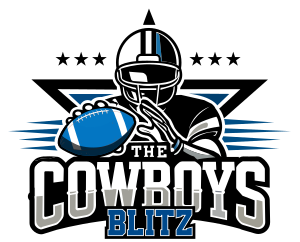These are case plays from the 2012 NFL Rules:
A.R. 8.8 GOING TO THE GROUND—COMPLETE OR INCOMPLETE PASS Second-and-5 on A35. A1 throws a forward pass to A2 at the A40. A2 dives for the ball and controls the ball in the air. The first thing to hit the ground is the point of the ball. a) A2 briefly loses control of the ball when it hits the ground; or b) A2 never loses control of the ball. Rulings: a) Third-and-5 on A35. Incomplete pass. b) First-and-10 on A40. A.R. 8.9 GOING TO THE GROUND—INCOMPLETE PASS First-and-10-on A30. A1 throws a pass to A2 who dives and controls the ball while airborne at the A38, but the ball comes out as he hits the ground. Ruling: Second-and-10 on A30. The pass is incomplete, as the receiver went to the ground in the process of making the catch and did not maintain possession of the ball throughout the process of contacting the ground.
33 A.R. 8.10 GOING TO THE GROUND—INCOMPLETE PASS First-and-10-on B25. A1 throws a pass to A2 who controls the ball and gets one foot down before he is contacted by B1. The contact by B1 sends him across the goal line and to the ground in the end zone. The ball comes out as he hits the ground. Ruling: Second-and-10 on B25. The pass is incomplete, as the receiver went to the ground in the process of making the catch and did not maintain possession of the ball throughout the process of contacting the ground.
A.R. 8.11 GOING TO THE GROUND—COMPLETE PASS First-and-10-on A30. A1 throws a pass to A2 at the A45 who controls the ball and gets one foot down before he is contacted by B1. The contact by B1 causes A2 to go to the ground where he maintains control of the ball. Ruling: First-and-10 on A45. The pass is complete, as the receiver went to the ground in the process of making the catch and maintained possession of the ball throughout the process of contacting the ground.
A.R. 8.12 GOING TO THE GROUND—COMPLETE PASS First-and-10-on B25. A1 throws a pass to A2 who controls the ball and gets one foot down before he is contacted by B1. He goes to the ground as a result of the contact, gets his second foot down, and with the ball in his right arm, he braces himself at the three-yard line with his left hand and simultaneously lunges forward toward the goal line. When he lands in the end zone, the ball comes out. Ruling: Touchdown Team A. Kickoff A35. The pass is complete. When the receiver hits the ground in the end zone, it is the result of lunging forward after bracing himself at the three-yard line and is not part of the process of the catch. Since the ball crossed the goal line, it is a touchdown. If the ball is short of the goal line, it is a catch, and A2 is down by contact.
A.R. 8.13 GOING TO THE GROUND—COMPLETE PASS First-and-10-on B25. A1 throws a pass to A2 who is contacted by a defender before he completes the catch at the three-yard line. Despite B2’s contact, A2 keeps his balance, gets both feet down, and lunges over the goal line. The ball comes out as he hits the ground. Ruling: Touchdown Team A. Kickoff A35. The receiver went to the ground as the result of lunging for the goal line, not in the process of making the catch.
http://static.nfl.com/static/content/public/image/rulebook/pdfs/26_2012_Official_CaseBook.pdf
The bolded section is the Dez play exactly.


